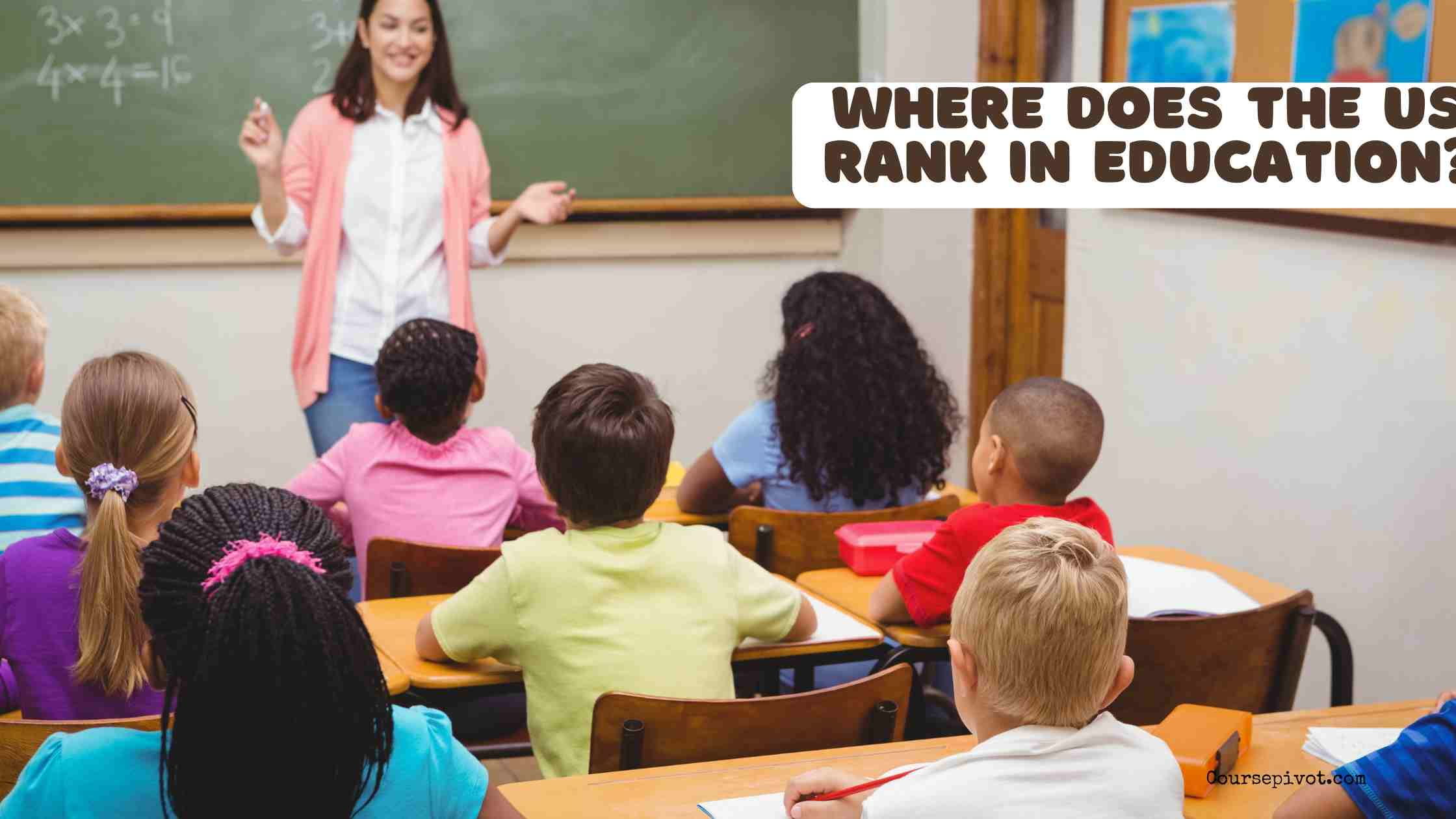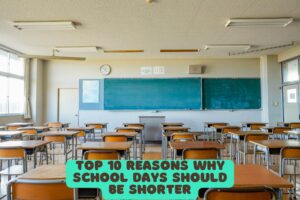
Where Does the US Rank in Education?
How does the United States stack up in global education rankings, and why does it matter? The education system in the U.S. is often debated, with 28% of Americans rating K-12 STEM education as above average or the best globally, per 2024 Pew Research Center data. Yet, international student assessments reveal a mixed picture, particularly in math and science. This blog explores where the US ranks in education among OECD countries, focusing on five key insights from the latest Program for International Student Assessment (PISA) data to clarify educational outcomes and guide understanding of education statistics.
Table of Contents
Why Education Rankings Matter
The U.S. education system influences economic competitiveness, with a one-standard-deviation increase in test scores linked to 2% higher GDP growth over 40 years, per 2015 economic studies. However, math scores and science reading performance lag behind many wealthy nations, raising concerns about STEM education. These insights into where does the US rank in education highlight areas for improvement. Here are five key points from PISA 2022 and other fast facts to understand education United States rankings.
1. Math Performance: Below OECD Average
In PISA 2022, the U.S. ranked 28th out of 37 OECD countries in math, scoring 465 compared to the OECD average of 472, per OECD data. This places the U.S. behind countries like Japan (536) and ahead of Colombia (383). The 13-point drop in average math scores from 2018 to 2022 mirrors a global decline, with 25 OECD countries seeing similar drops, per Pew Research. This reflects challenges in math science education.
Actionable Step
Advocate for advanced math courses in high schools, as only 50% of U.S. schools offer calculus, per 2024 civil rights data. Support tutoring programs like Khan Academy to boost math scores. Share education statistics from OECD.org to raise awareness of math average gaps. This addresses how to improve productivity in education.
2. Science Performance: Above OECD Average
The U.S. ranked 12th in science among 37 OECD countries, scoring 499 against the average science score of 485, per PISA 2022 results. Japan led with 547, while Mexico scored lowest at 410. Among all 81 PISA countries, the U.S. ranked 16th, showing strength in science reading, per OECD data. Scores held steady from 2018, unlike global declines, per Pew Research Center.
Actionable Step
Encourage STEM programs in schools, like those funded by $90 million in 2023 Education Department grants, per EdWeek. Volunteer with science clubs to inspire Japanese students-level curiosity. Share fast facts from NCES.ed.gov to highlight science strengths. This supports STEM education growth.
3. Reading Performance: Strong Globally
In reading, the U.S. ranked 6th among 37 OECD countries and 9th among 81 total PISA countries, scoring 504 against the OECD average of 476, per PISA 2022. Female students outperformed males by 22 points, per OECD data. This strength counters eighth graders’ declines in national tests, per Pew Research. Reading resilience is a bright spot in education United States.
Actionable Step
Promote reading programs like Book It! to sustain reading science skills. Share PISA success stories on X to inspire, noting countries ranked like Singapore (543). Support libraries to boost international student literacy. This aligns with education statistics for best world outcomes.
4. High Education Spending, Mixed Results
The U.S. spends $20,387 per pupil, 43% above the OECD average of $14,209, per 2021 OECD data, yet ranks below many in math. This high education spending doesn’t fully translate to educational outcomes, with only 9% of U.S. students reaching advanced math levels, per PISA 2022. Critics note socioeconomic disparities, though U.S. disadvantage levels are average, per OECD data.
Actionable Step
Advocate for targeted spending, like tutoring for low-income schools, to close math science gaps, per FactCheck.org. Research education spending impacts via OECD.org. Support policies addressing what can a business do to improve its productivity in education. This tackles Trump wrong claims on rankings.
5. Socioeconomic Gaps Impact Scores
Students in high-poverty U.S. schools scored 50 points lower in math and 53 in science than the national average, per PISA 2022, showing equity challenges. These gaps, larger than in 37 other systems, hinder educational outcomes, per EdWeek. Addressing disparities is key to where does the US rank in education. Equity drives OECD countries performance.
Actionable Step
Support initiatives like after-school programs for disadvantaged students, reducing gaps by 20%, per 2024 studies. Volunteer with National Coalition for the Homeless to address student assessment barriers. Share Pew Research Center findings on X to highlight wealthy nations challenges. This boosts higher education access.
Why These Rankings Matter
These five insights—math struggles, science strength, reading success, high spending per pupil, and socioeconomic gaps—show the U.S. ranks variably: 28th in math, 12th in science, 6th in reading among 37 OECD countries, per PISA 2022. Despite high education spending, equity issues limit best world outcomes, per FactCheck.org. These education statistics guide reforms. They answer where does the US rank in education with nuance.
Extra Tips for Improving US Education
- Advocate for Equity: Push for advanced course access in low-income schools, as 50% lack calculus, per EdWeek, boosting math science outcomes.
- Engage Locally: Tutor via programs like Reading Partners to lift reading science skills, per education statistics.
- Stay Informed: Follow PBS NewsHour Classroom for student assessment updates to understand countries ranked trends.
Key Takeaways
The U.S. ranks 28th in math, 12th in science, and 6th in reading among 37 OECD countries, per PISA 2022, with high education spending but persistent equity gaps. These educational outcomes highlight strengths and challenges, backed by Pew Research and OECD data. Act on one step, like supporting tutoring or advocating for equity, to improve education United States today. Small actions now drive best world education tomorrow.
Cite this article
You can copy and paste your preferred citation format below.
Martin, L. & Arquette, E.. (2025, July 3). Where Does the US Rank in Education?. Coursepivot.com. https://coursepivot.com/blog/where-does-the-us-rank-in-education-2/



